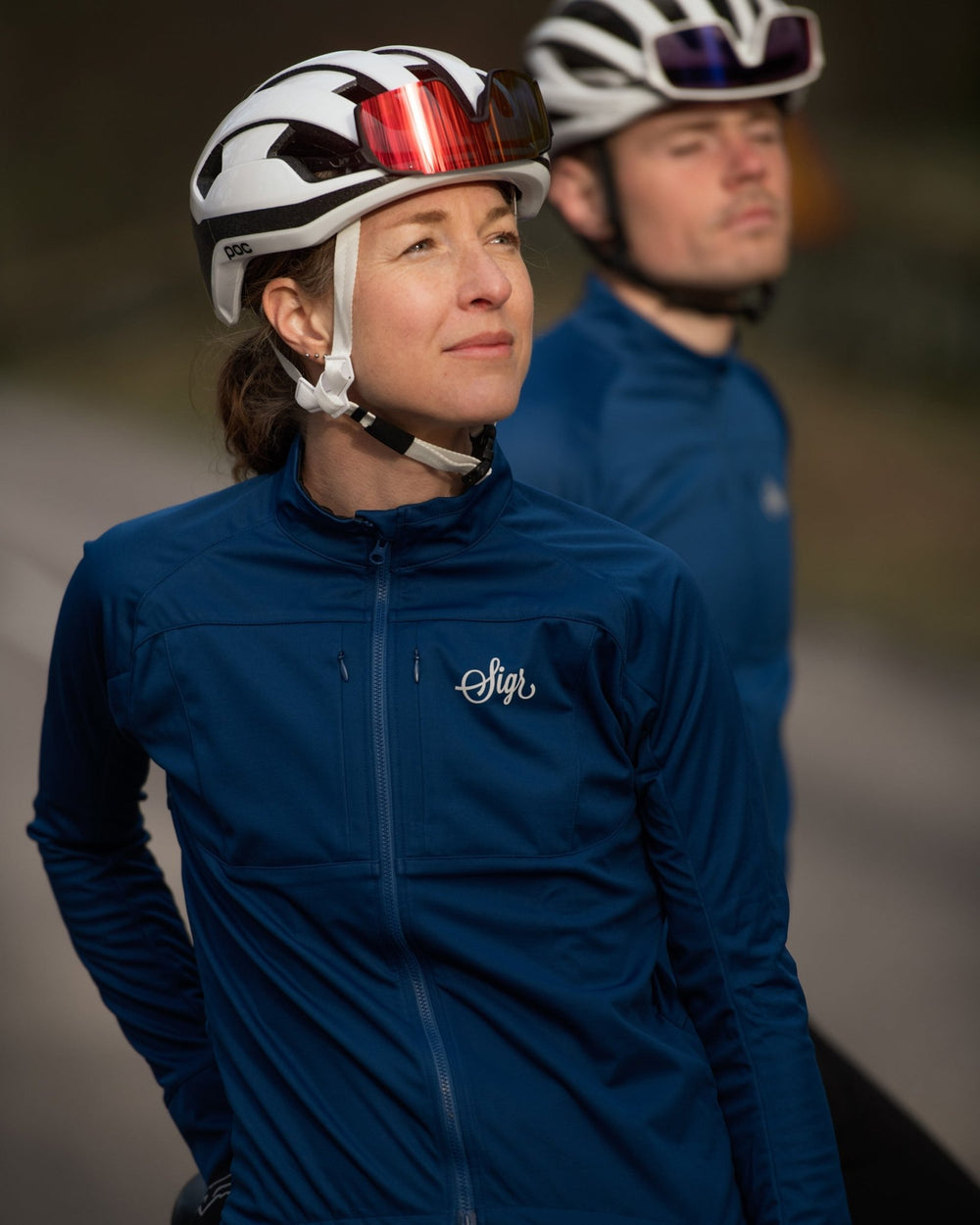Balancing Gender Gaps: How to Make Cycling More Inclusive | Sigr Cycling Clothing
Gender inclusivity in cycling isn't just a tagline; it's a responsibility for the entire community. Here's why and how we should all get involved.
The History and Current Landscape
- The Roots of Imbalance: Historically, cycling has been a male-dominated sport. The early Tour de France races, for instance, were exclusive to men, setting a precedent that has taken years to challenge.
- The Winds of Change: The last decade has seen a significant increase in female participation in cycling, both recreationally and professionally. Organizations are now putting in more effort to include women in events and representation.
Cycling has a storied history, but like many sports, it's been largely male-dominated. However, the winds of change are blowing, and we all have a part to play.
Brands and Event Organizers
- Inclusive Design: Brands have a responsibility to create cycling gear that caters to everyone. This involves offering a wide range of sizes and considering the specific needs of different genders in the design process.
- Leveling the Playing Field: Event organizers can create more inclusive environments by offering equal prizes for men and women, and by making an effort to showcase female athletes.
Brands and event organizers play a crucial role in leveling the playing field. From product design to event structure, there are multiple opportunities to foster inclusivity.
Actionable Steps for Individual Cyclists
- Conscious Communication: The words we use when discussing cycling can subtly influence perceptions. Using gender-neutral language can make a big difference in making the sport more inclusive.
- Community Building: Being proactive in inviting people of all genders to participate in local cycling events or group rides encourages diversity and fosters a more inclusive community.
We can all be agents of change. From the language we use to the events we participate in, small actions can lead to big shifts.
Sustainability and Equality
- Parallel Goals: Sustainability and equality often go hand-in-hand. For example, more inclusive cycling communities are likely to be more conscious of their environmental impact, echoing our own values at Sigr.
- Brand Values: At Sigr, we not only emphasize the quality and sustainability of our products, but also actively support gender inclusivity in cycling.
Inspired by Swedish nature, our brand values extend beyond quality and aesthetics. We focus on not just sustainability but also equality in cycling.
Conclusion: A Community Responsibility
- Shared Accountability: Achieving gender inclusivity in cycling is not the responsibility of a single group or gender; it's a community-wide initiative that requires the active participation of all members.
- Future Steps: To continue making progress, we should be educating ourselves and others, supporting inclusive brands, and participating in or organizing events that champion gender diversity.
In conclusion, making cycling more gender-inclusive is not a women's issue; it's a cycling community issue. From brands to individual cyclists, we all have a role to play in making this change.





















Leave a comment